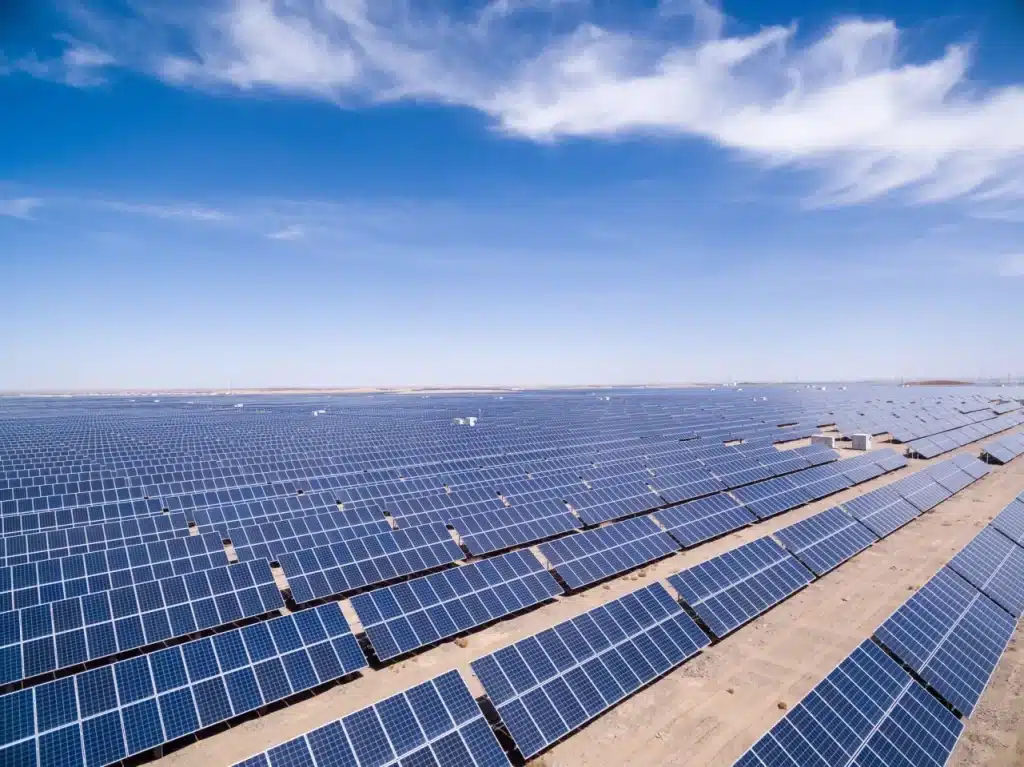China already dominates the global renewable energy industry. In 2020, its installed capacity of about 895 GW it was already higher than that of the European Union, the United States and Australia combined. As the world tries (with difficulty) to move towards green energy, China is increasing its production capacity at a pace faster than anyone else, exploiting its deserts.
How? With at least two gigantic solar and wind projects that will expand its current capacity by almost half a Terawatt.
Solar deserts

“We will have the largest solar and wind generation capacity in the world,” he says He Lifeng, director of the National Development and Reform Commission (NDRC), at the Beijing National People's Congress. The focus of these new installations? As mentioned, the Chinese deserts. First of all that of the Gobi.
About 100 GW of this new capacity will be built by the end of 2021, bringing the country's current solar and wind plants to 306 GW. Chinese President Xi Jinping promised that China will have wind and solar power capacity of more than 1,2 terawatts by 2030, as part of the country's strategy to see carbon emissions peak and begin to decline.
What about coal?
Coal will continue to support China's power grids for the time being (and some are planning to bring it back to Europe too). Soon however, at least in China, it will not be as essential as it has been in the past. While renewable energy represents on average more than 43,5% of the country's installed capacity (more than one Terawatt in October last year) intermittency problems and capacity factors have kept the percentage of effective power generated by renewables around 26%.
The rest is all coal, we don't turn around.
The comparison with other economies, however, begins to move decisively to the Chinese side, and from the large plants planned in the deserts this balance will continue to constantly decline.


